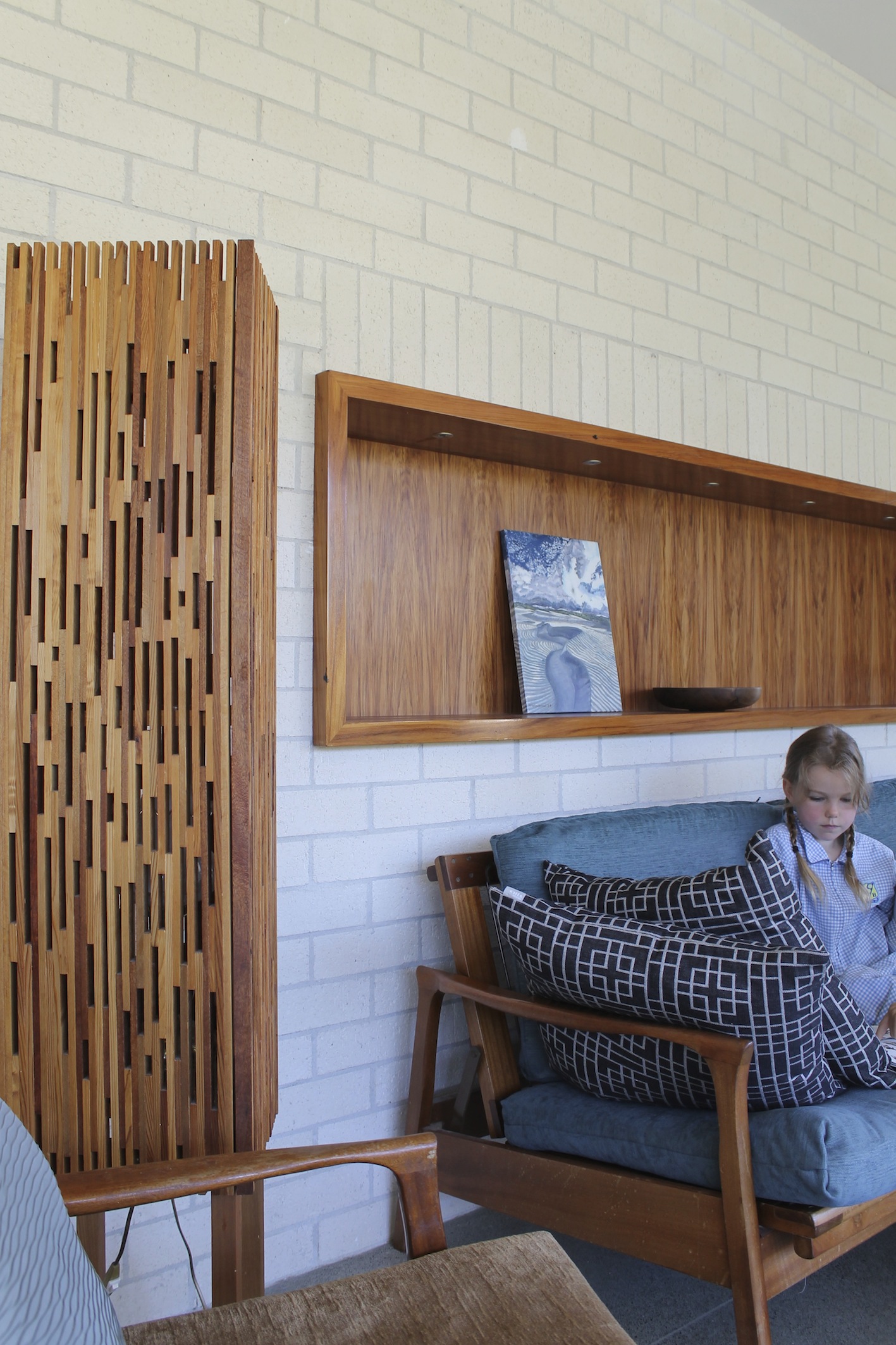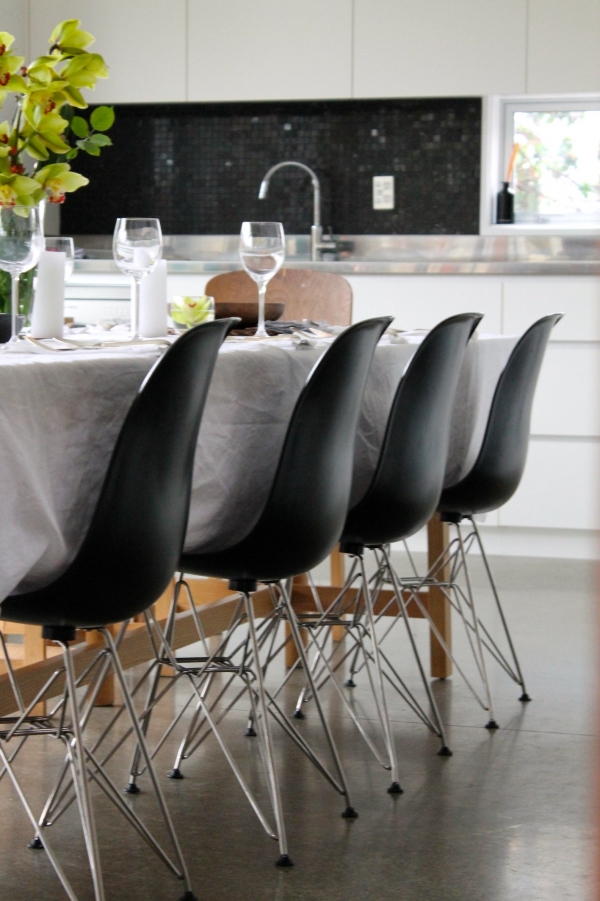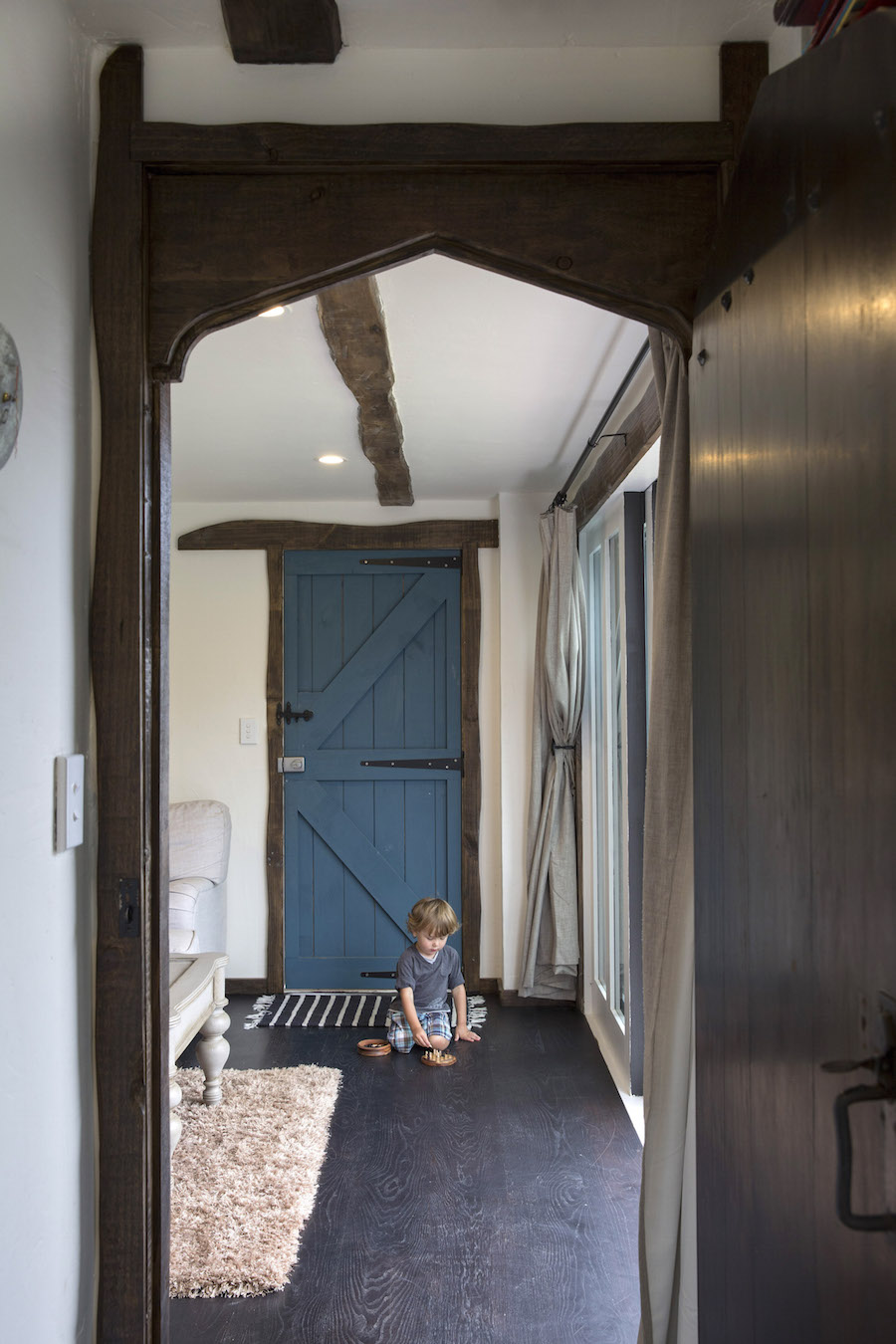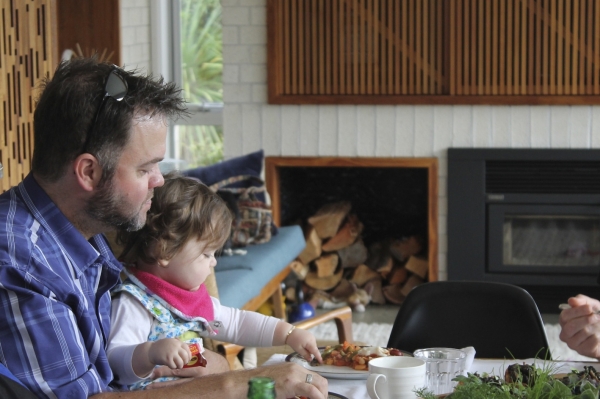Emotional Resonance: Designing Spaces with a Heartfelt Connection
How do you create architecture that that evokes an emotional connection. As Architects, we are after all working with inanimate building materials, but we need to be able to choreograph ones psychological and emotional experience to tell a ‘story’. It is the inhabitant that adds the layer of interpretation and reads this narrative in light of their personal experiences in life, and then adds their own experiential chapters to the novel.
The ‘reading’ of architecture is influenced by memories or nostalgia from childhood, of basic fears or delight, of associations (both positive and negative) with smell, sound and texture, of different cultural and locational experiences. It is not a static impression either, it evolves over time as you layer your own stories over the canvas of your home, the memories of the events and people that are important to you, the simple joys of sharing meals and time together within these spaces.
The opportunity to craft your own building or renovation from scratch is an amazing opportunity to weave into the architecture memories and stories. There are several ways you can establish the framework, and layer the emotional resonance of the spaces over time.
-
Use materials that have a story embedded within them – consider using materials from the old house on the site or discover the joys of demolition timbers to use – not only is it a sustainable option, but you have the beginnings of a narrative that can continue to be passed down in years to come. Colours also evoke different emotions and are an important tool to use, especially if you can connect that story to your history or your location. Materials and details that stimulate different senses (whether sound, smell, sight, touch) evoke memories and psycholgical connections to past and place.
-
Emotions are formed through positive and reinforcing connection with each other. In the layouts of your spaces, look at how they are designed encourage conversation, eating together around a central kitchen table, spaces for alone time, but even more importantly spaces for ‘togetherness’ and rituals. The Architecture needs to be deeply ‘user’ (UX) focussed in its design.
-
Feelings are evoked by ones experience with Nature, allowing a physical connection with the location, whether a view of the outdoors or by bringing in reminders of the specific location, neighbourhood and site is a grounding experience and an important one to create calm and wellbeing.
-
What can you incorporate into the spaces and architecture that tell your story – could it be a reminder of your families boat building history in the balustrades, or quilts have been passed down or a celebration of ceramics, paintings or books that mean something to your family. Ensure that you have personalised the space in a way that you feel connected to your past and your future.
- Texture and quality of light – I know architects keep going on about these features, and that you are well aware by now of their importance in creating architecture that influences energy and mood. Look at the areas your architect suggests different materials or openings and ask them about how that will influence the feel of the spaces for you. Remember a functional but poetic arrangement of light and shadow against texture has more emotional power than uniformly illuminated spaces with sterile walls.
Designing spaces with emotional resonance requires a deep understanding of the human experience. By incorporating elements that tap into universal emotions and personal narratives, Architects can create environments that go beyond functionality, leaving a lasting impact on the hearts and minds of those who inhabit them.



